Home>Garden Essentials>What Part Of The Plant Makes Seeds
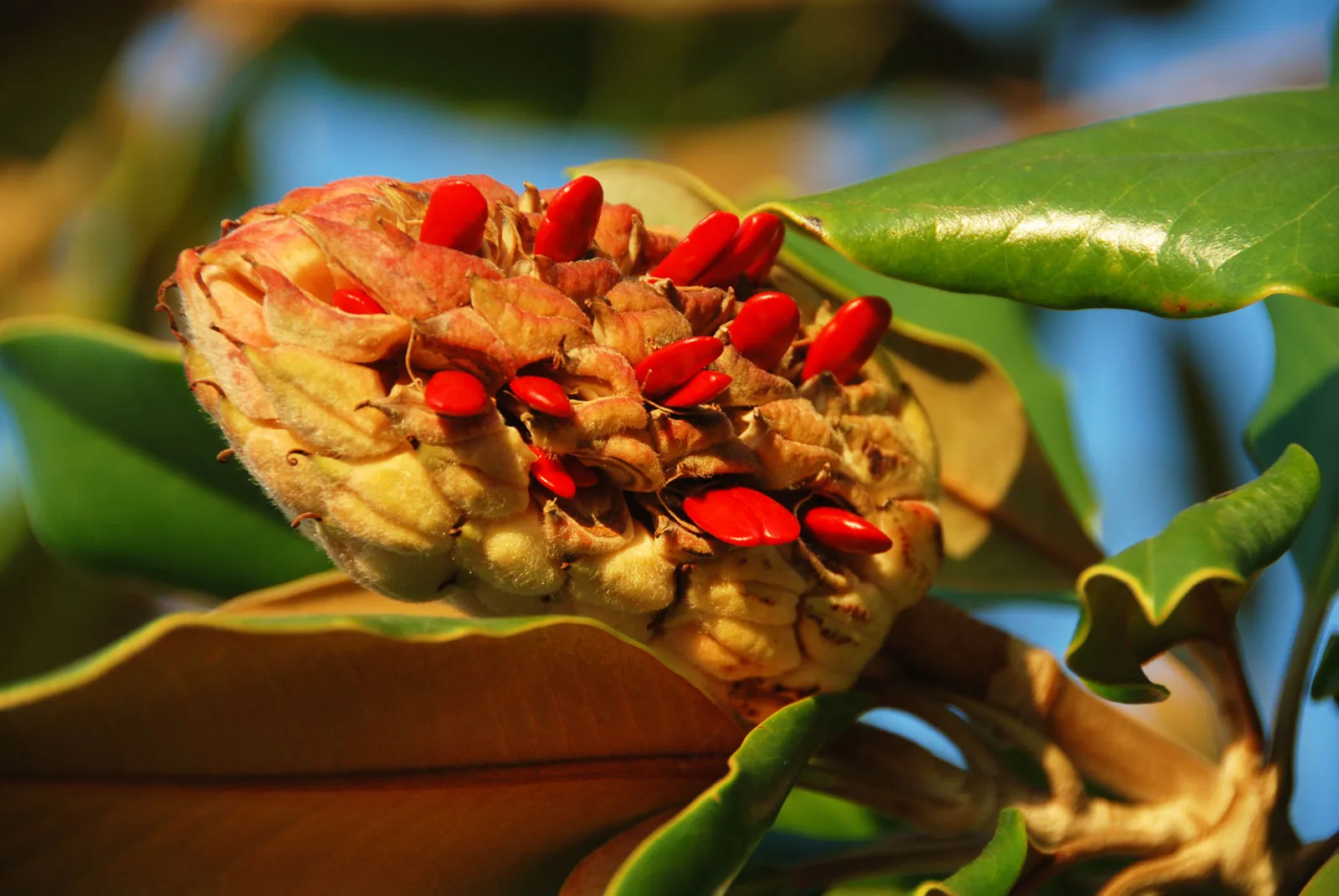

Garden Essentials
What Part Of The Plant Makes Seeds
Modified: March 24, 2024
Discover the answer to "What Part Of The Plant Makes Seeds" in this informative guide for garden enthusiasts. Learn about the role of flowers and pollination in seed production.
(Many of the links in this article redirect to a specific reviewed product. Your purchase of these products through affiliate links helps to generate commission for Storables.com, at no extra cost. Learn more)
Introduction
In the enchanting realm of plants, there is a fascinating process that ensures the continuation of their species – seed formation. Seeds serve as nature’s ingenious way of ensuring the dispersal and propagation of plants, enabling them to thrive and survive in a variety of environments. Understanding the process of seed formation is not only beneficial for avid gardeners but also for anyone curious about the intricate mechanisms of nature.
In this article, we will explore the different parts of a plant that contribute to seed formation, unraveling the complex dance between the ovule and the pollen. We will delve into the stages of fertilization, embryo development, and the subsequent maturation and dispersal of seeds. Get ready to embark on a journey through nature’s ingenious reproductive system and uncover the secrets behind seed formation.
Key Takeaways:
- Seed formation involves the intricate dance between the ovule and pollen, leading to the creation of new plants. It’s a marvel of nature’s ingenuity and resilience, ensuring the continuation of life.
- From the structure of plants to the dispersal of seeds, nature’s mechanisms for seed formation are fascinating and essential for the survival and expansion of plant species.
Read more: What Part Of The Plant Produces Seeds
The Structure of Plants
Before we dive into the intricacies of seed formation, it’s essential to have a basic understanding of the structure of plants. Plants are living organisms that have evolved a unique architecture suited to their needs. They consist of various parts, each with its specific function.
The roots anchor the plant in the ground, absorbing water and essential nutrients from the soil. The stem provides support and serves as a transportation system for water, nutrients, and sugars. The leaves are the site of photosynthesis, where sunlight is converted into energy. And the flowers, the captivating symbols of beauty and fragrance, hold the secrets to seed formation.
Flowers are the reproductive structures of plants. They house both male and female reproductive organs, allowing plants to reproduce sexually. The male reproductive organs, called stamens, consist of a slender filament topped by an anther. The anther contains pollen grains, which are essential for fertilization. The female reproductive organ, called the pistil, comprises the stigma, style, and ovary. The stigma is the sticky surface that captures pollen, the style connects the stigma to the ovary, and the ovary contains ovules, the precursors to seeds.
Understanding the structure of plants provides a foundation for comprehending the intricate process of seed formation. Now let’s explore the fascinating world of plant reproduction and uncover the mysteries behind seed development.
Reproduction in Plants
As living organisms, plants have evolved various mechanisms to ensure their survival and proliferation. Reproduction in plants involves the production of new individuals, ensuring genetic diversity and adaptability to changing environments. There are two primary methods of plant reproduction: asexual reproduction and sexual reproduction.
Asexual reproduction is the process in which plants can produce offspring without the involvement of gametes or the fusion of genetic material. This method is efficient and enables plants to reproduce rapidly. Some common forms of asexual reproduction include vegetative propagation, where new plants grow from stems, leaves, or roots, and apomixis, where seeds are formed without fertilization.
However, sexual reproduction, involving the fusion of male and female gametes, is the predominant method of reproduction in plants. Sexual reproduction allows for genetic recombination and variation, enhancing the survival and adaptability of the species.
Now, let’s take a closer look at the process of sexual reproduction in plants and how it leads to the formation of seeds.
Seed Formation
Seed formation is a complex and intricate process that begins with the fusion of male and female reproductive cells. It involves the transformation of an ovule, located within the ovary of a flower, into a mature seed capable of germination. Let’s explore the stages of seed formation in detail.
1. Pollination: The first step in seed formation is pollination. Pollination occurs when pollen, produced by the anthers of the stamen, is transferred to the stigma of the pistil. This can happen through various means, such as wind, insects, or birds. The stigma is sticky, allowing it to capture and hold the pollen grains.
2. Fertilization: Once the pollen grains have landed on the stigma, they grow a tube called a pollen tube, which extends down through the style into the ovary. The male gametes contained within the pollen tube then fertilize the female gametes, located within the ovule. This fusion of genetic material is known as fertilization.
3. Embryo Development: After fertilization, the fertilized ovule develops into an embryo, which will eventually become the new plant. The embryo consists of a radicle (embryonic root), a plumule (embryonic shoot), and one or two cotyledons (seed leaves).
4. Seed Coat Formation: As the embryo develops, the ovule undergoes changes to form a protective covering known as the seed coat or testa. The seed coat helps protect the embryo from mechanical injuries, pathogens, and desiccation, ensuring its survival.
5. Storage Tissues: Surrounding the embryo are storage tissues, such as endosperm or cotyledons, which provide nourishment to the developing embryo. These storage tissues contain essential nutrients like carbohydrates, proteins, and fats, necessary for the embryo’s growth and development.
6. Maturation: As the embryo continues to develop, the seed undergoes maturation. During this process, the seed reaches its final size and acquires the ability to withstand desiccation (drying out) and survive unfavorable conditions.
7. Dispersal: Once the seed has matured, it is ready for dispersal. Plants have evolved various mechanisms for dispersing their seeds, such as wind, water, animals, or self-dispersal. These mechanisms ensure that the seeds are spread away from the parent plant, increasing the chances of successful germination and establishment in new locations.
Seed formation is a remarkable process that allows plants to reproduce and perpetuate their species. Understanding the stages and mechanisms of seed formation provides valuable insight into the life cycle of plants and highlights the resilience and adaptability of the natural world.
Parts of a Seed
A seed is a tiny powerhouse of life, containing all the necessary components for a new plant to grow and flourish. Each part of a seed plays a crucial role in its development and eventual germination. Let’s explore the different parts of a seed and their functions:
- Seed Coat: The outer layer of a seed is called the seed coat or testa. It provides protection for the delicate embryo inside, shielding it from external threats such as physical damage, pathogens, and drying out.
- Embryo: The embryo is the young, developing plant within the seed. It consists of several key components:
- Radicle: Also known as the embryonic root, the radicle is the first structure to emerge from the seed upon germination. It anchors the plant in the soil and absorbs water and nutrients.
- Plumule: The plumule is the embryonic shoot. It contains the developing leaves and stem of the plant.
- Cotyledons: Cotyledons, also known as seed leaves, are storage organs within the embryo. They provide essential nutrients for the initial growth of the seedling until it can begin photosynthesis.
- Endosperm: In some seeds, the endosperm is a tissue that surrounds the embryo. It serves as a source of nutrients for the developing embryo, supplying carbohydrates, proteins, and fats. In other seeds, the cotyledons fulfill this role, and the endosperm is absorbed or used up during seed development.
- Embryo Axis: The embryo axis is the central portion of the embryo, consisting of the radicle, plumule, and the region between them. It represents the main axis along which the new plant will develop.
- Seed Scar: The seed scar, also known as the hilum, is the point of attachment between the seed and the plant’s ovary. It serves as the entry point for water and nutrients during germination.
- Embryo Coverings: Within the seed, there are additional coverings that protect and nourish the embryo, such as the endospermic layer or tegmen.
Each part of a seed is intricately designed to support the survival and growth of the new plant. Together, they form a remarkable package of potential, ready to unleash the beauty and vitality of nature’s creation.
The part of the plant that makes seeds is the flower. The flower contains the reproductive organs of the plant, including the male and female parts that come together to form seeds.
Read more: What Part Of The Banana Is The Seed
The Role of the Ovule in Seed Formation
The ovule is a vital component of seed formation in plants. It is the structure within the ovary of a flower that houses the female reproductive cells, the egg cells. The ovule plays a crucial role in the process of fertilization and embryo development. Let’s explore the role of the ovule in seed formation in more detail.
1. Site of Fertilization: The ovule is the location where the fusion of male and female gametes occurs, leading to fertilization. Once pollen grains land on the stigma, they germinate, forming a pollination tube that grows down into the ovule. The male gametes within the pollen tube travel to the ovule, where they fertilize the egg cell(s) present inside.
2. Formation of the Endosperm: In many plant species, the ovule also contributes to the formation of the endosperm. The endosperm is a tissue that surrounds the embryo and provides nourishment for its development. After fertilization, certain cells within the ovule become the endosperm, which stores nutrients such as carbohydrates, proteins, and lipids. These nutrients are essential for the growth and sustenance of the developing embryo.
3. Protection for the Embryo: The ovule provides a protective covering for the developing embryo. The ovule’s outer layer, known as the integuments, forms the seed coat, which helps shield the embryo from mechanical damage, pathogens, and environmental stresses. The seed coat also aids in the retention of moisture, preventing premature drying out of the embryo.
4. Seed Dispersal Mechanism: In some plants, the ovule itself may have adaptations that facilitate seed dispersal. For example, in certain species, the ovule may develop into a winged structure that enables wind dispersal, or it may possess barbs or hooks that aid in attachment to animal fur for dispersal.
The ovule is a critical part of the reproductive process in plants, playing a significant role in seed formation. From being the site of fertilization to providing nourishment for the developing embryo, the ovule ensures the successful development and dispersal of seeds, allowing plants to reproduce and thrive in diverse environments.
The Role of Pollen in Seed Formation
Pollen plays a crucial role in the process of seed formation in plants. It serves as the male reproductive structure responsible for delivering the sperm cells to the female reproductive organs within the flower. Let’s explore the role of pollen in seed formation in more detail.
1. Pollen Production: Pollen is produced within the anthers, the male reproductive organs of the flower. Each pollen grain contains two sperm cells, which are needed for fertilization. The production of pollen is a complex process regulated by genetic and environmental factors, ensuring the availability of pollen grains for pollination.
2. Pollen Transfer: Once the pollen grains are mature, they are released from the anthers and made available for transfer to the female reproductive organs. Pollen transfer can occur through various means, including wind, insects, birds, or other animals. Some plants rely on the wind to carry their pollen grains to the stigma of another flower, while others have evolved specific structures to attract and facilitate pollination by animals.
3. Pollen Germination: When pollen grains come into contact with the receptive surface of the stigma, they begin to germinate. The stigma provides a favorable environment for the pollen grains, triggering the germination process. A pollen tube emerges from the pollen grain and grows down through the style, reaching the ovary.
4. Pollination and Fertilization: Once the pollen tube reaches the ovary, it penetrates the ovule, where the female reproductive cells (egg cells) are located. Fertilization occurs when the sperm cells released from the pollen grain fuse with the egg cells inside the ovule, resulting in the formation of a zygote, which will develop into the embryo of the seed. This fertilization process ensures the successful development of seeds.
5. Genetic Variation: Pollen serves as a vehicle for genetic material transfer between plants. When pollen from one plant reaches the stigma of another plant, it brings along the genetic information from the male parent. This promotes genetic diversity within plant populations, facilitating adaptation to changing environmental conditions and improving the overall fitness of the species.
The role of pollen in seed formation is vital for the successful reproduction and propagation of plants. It acts as the messenger for transferring genetic material to the female reproductive organs, leading to the creation of new seeds that hold the potential for future plant growth and survival.
Fertilization and Embryo Development
Fertilization is a pivotal event in the process of seed formation, marking the union of male and female reproductive cells. It is a remarkable process that triggers the development of the embryo, the future plant within the seed. Let’s delve into the stages of fertilization and embryo development in plants.
1. Pollen Germination: After pollination, when pollen lands on the stigma, it begins to germinate. The pollen grain absorbs moisture from the stigma, initiating the growth of a pollen tube. This tube serves as a pathway for the sperm cells to reach the ovule, where fertilization occurs.
2. Pollen Tube Growth: The pollen tube grows down through the style, guided by chemical signals released by the ovule. The tube elongates, extending toward the ovary, where the ovules are located. This process requires energy and nutrients obtained from the pollen grain.
3. Fusion of Sperm and Egg Cells: As the pollen tube reaches the ovule, it enters a small opening called the micropyle. The tube delivers the two sperm cells to the embryo sac, where the female reproductive structures reside. One sperm cell fuses with the egg cell, resulting in syngamy or the fusion of the male and female nuclei. The other sperm cell fuses with two polar nuclei within the embryo sac, initiating the development of endosperm.
4. Embryo Development: Following fertilization, the zygote is formed, which is the result of the fusion of the sperm and egg cells. The zygote undergoes divisions and cellular differentiation, leading to the development of the embryo. The embryo consists of different parts, such as the radicle, plumule, and cotyledons, which will give rise to the root system, shoot system, and seed leaves of the future plant.
5. Endosperm Development: In some plant species, the fertilization process also results in the development of endosperm, a tissue that surrounds the embryo. The endosperm serves as a nutrient reserve for the growing embryo, providing the necessary carbohydrates, proteins, and lipids for its early development and growth.
6. Maturation: As the embryo and endosperm continue to develop, the seed undergoes maturation. The seed coat or testa forms around the embryo, providing protection against physical damage, pathogens, and desiccation. The storage tissues, such as the endosperm or cotyledons, accumulate nutrients, ensuring a food source for the germinating seedling.
Together, fertilization and embryo development fulfill the promise of plant reproduction, transforming the ovule into a seed harboring new life. This process exemplifies the power of nature’s intricate mechanisms to perpetuate plant species and ensure their survival in diverse environments.
Maturation and Dispersal of Seeds
After fertilization and embryo development, seeds undergo a process of maturation, preparing them for their eventual dispersal. Maturation involves the final development and physiological changes necessary for the seed to survive and germinate under suitable conditions. Once mature, seeds use various mechanisms for dispersal, ensuring their colonization into new habitats. Let’s explore the stages of maturation and the remarkable strategies employed by seeds for dispersal.
1. Final Growth and Development: As the seed matures, it undergoes final growth and development. This includes the accumulation of reserves within the endosperm or cotyledons, such as carbohydrates, proteins, and fats. The embryo also continues to develop within the protective seed coat, reaching its full size and physiological maturity.
2. Seed Dormancy: To ensure the survival of the species, many seeds acquire a state of dormancy during maturation. Seed dormancy is a period of inactivity or delayed germination that allows seeds to withstand unfavorable conditions until suitable conditions for germination are present. Dormancy can be caused by factors such as temperature, light, moisture, or the presence of inhibitors in the seed coat.
3. Seed Coat and Protection: The seed coat provides protection for the dormant seed, shielding it against mechanical damage, pathogens, and desiccation. The seed coat acts as a physical barrier, preventing water loss and preserving the viability of the embryo and stored nutrients within the seed.
4. Dispersal Mechanisms: The dispersal of seeds is essential for the colonization and survival of plant species. Seeds have evolved various mechanisms to disperse themselves away from the parent plant, reducing competition for resources and allowing for the colonization of new habitats. Some common dispersal mechanisms are:
- Wind: Seeds may have structures such as wings, plumes, or papery coverings that aid in wind dispersal. These adaptations allow seeds to be carried to new locations by wind currents.
- Water: Some seeds have buoyant properties or protective coverings that enable them to float on water. This mechanism facilitates transportation of seeds across streams, rivers, or oceans.
- Animal Dispersal: Some seeds have adaptations for dispersal by animals. They may have hooks or barbs that attach to animal fur or feathers, or they may be enclosed within fleshy fruits that entice animals to eat them and subsequently disperse the seeds through digestion or by spitting them out in different locations.
- Self-Dispersal: Certain plants have mechanisms for self-dispersal. For example, some plants have explosive seed pods that burst open, scattering seeds in the surrounding area. Others have spring-loaded mechanisms that fling seeds away from the parent plant.
Through these dispersal mechanisms, seeds can travel significant distances from the parent plant, increasing their chances of finding suitable conditions for germination and establishing new individuals.
The maturation and dispersal of seeds represent the successful culmination of the reproductive cycle in plants. It showcases nature’s ingenious strategies to ensure the propagation of the species and the colonization of diverse habitats, contributing to the beauty and biodiversity of our natural world.
Read more: What Are The 3 Main Parts Of A Seed?
Conclusion
The process of seed formation is a marvel of nature, with intricate mechanisms ensuring the survival and propagation of plants. From the structure of plants to the reproductive organs, the ovule, and the pollen, every element plays a vital role in the creation of seeds. Fertilization and embryo development pave the way for the maturation of seeds, preparing them for dispersal into new territories.
Through the stages of maturation, seeds acquire dormancy and protective structures like the seed coat, safeguarding their viability and enhancing their chances of successful germination. Dispersal mechanisms, whether facilitated by wind, water, animals, or self-dispersal, allow seeds to explore new environments and colonize diverse habitats.
The journey from ovule to seed is a fascinating tale of nature’s ingenuity and resilience. It shows the remarkable adaptations plants have evolved to ensure their survival, genetic diversity, and expansion into new territories. Seed formation promotes the cycle of life and enables plants to endure and thrive in a changing world.
Understanding the intricacies of seed formation not only provides valuable knowledge for gardeners and plant enthusiasts but also offers a deeper appreciation for the wonders of nature. It highlights the interconnectedness of all living organisms and the intricate web of life that sustains our planet.
So, the next time you gaze at a seed, remember the incredible journey it has undertaken, from the fusion of gametes to the remarkable dispersal mechanisms that will allow it to find a new home. Seeds are the embodiment of hope, potential, and the continuation of life itself.
Frequently Asked Questions about What Part Of The Plant Makes Seeds
Was this page helpful?
At Storables.com, we guarantee accurate and reliable information. Our content, validated by Expert Board Contributors, is crafted following stringent Editorial Policies. We're committed to providing you with well-researched, expert-backed insights for all your informational needs.
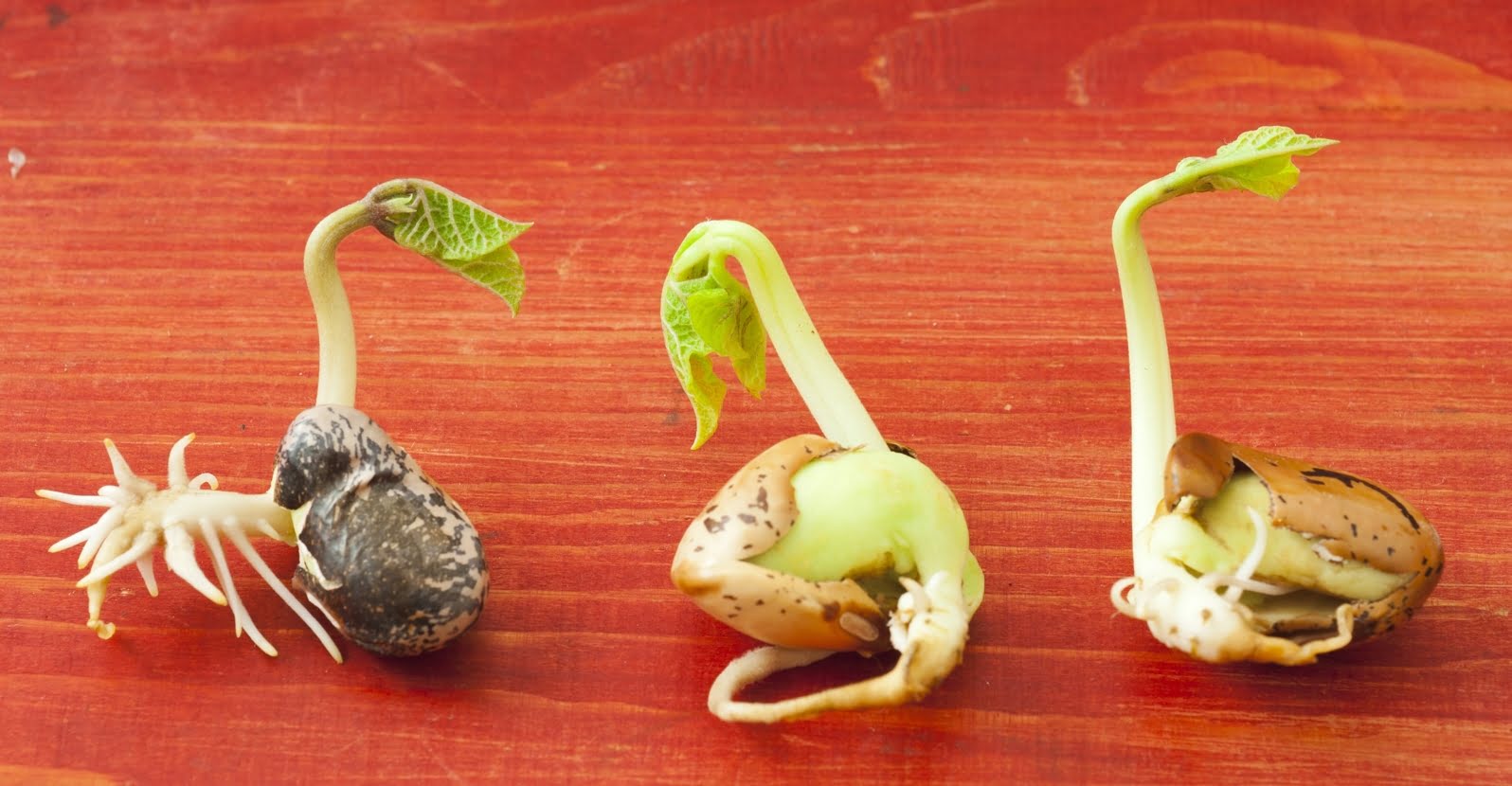
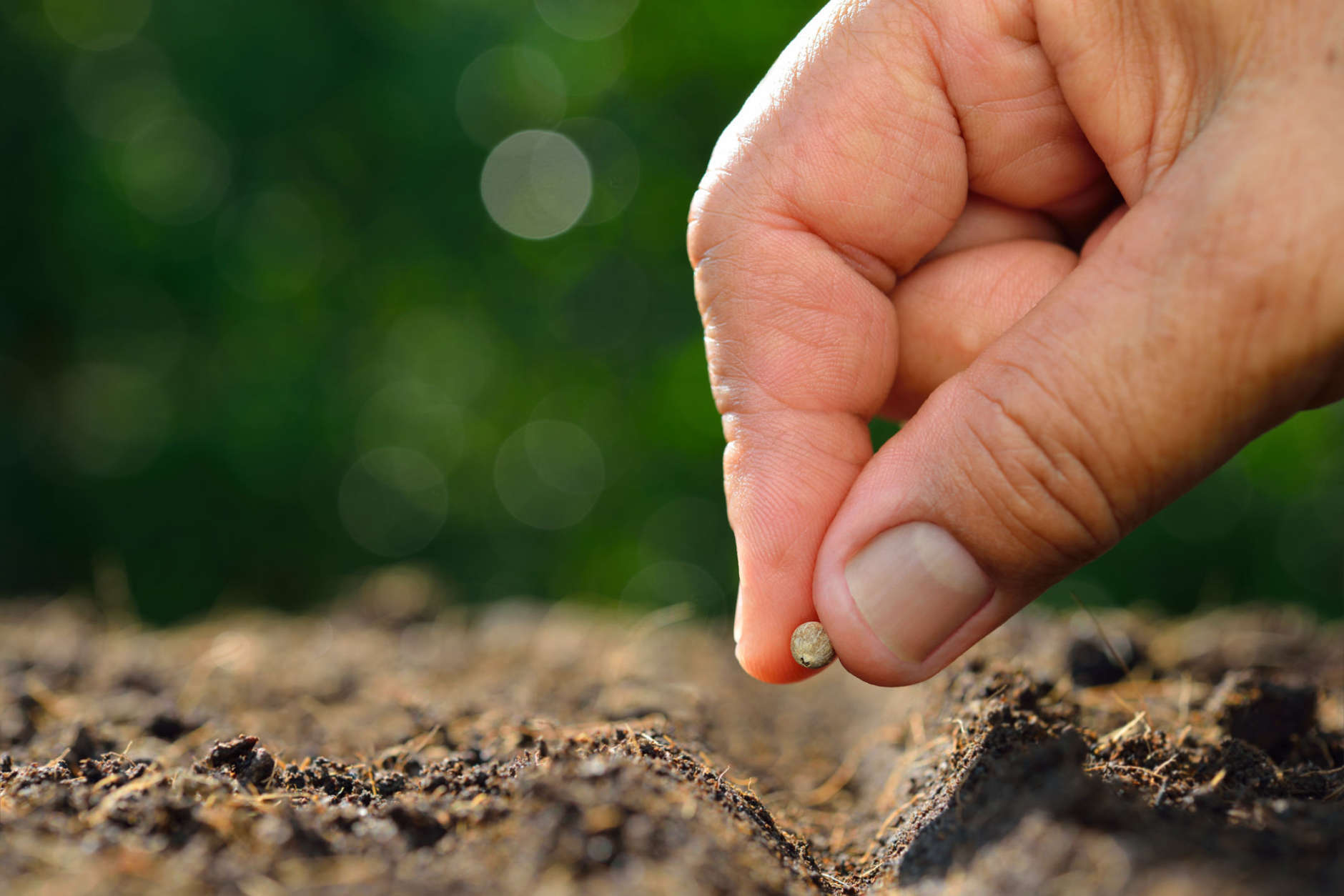
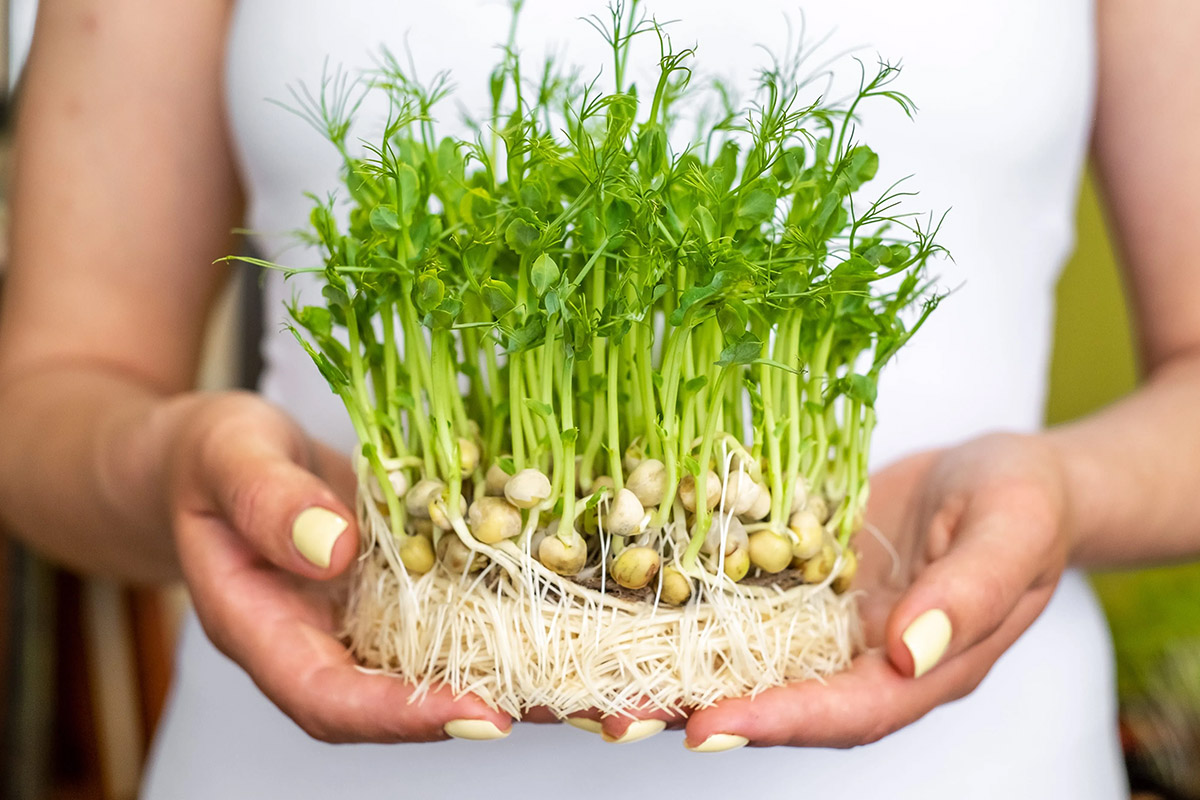
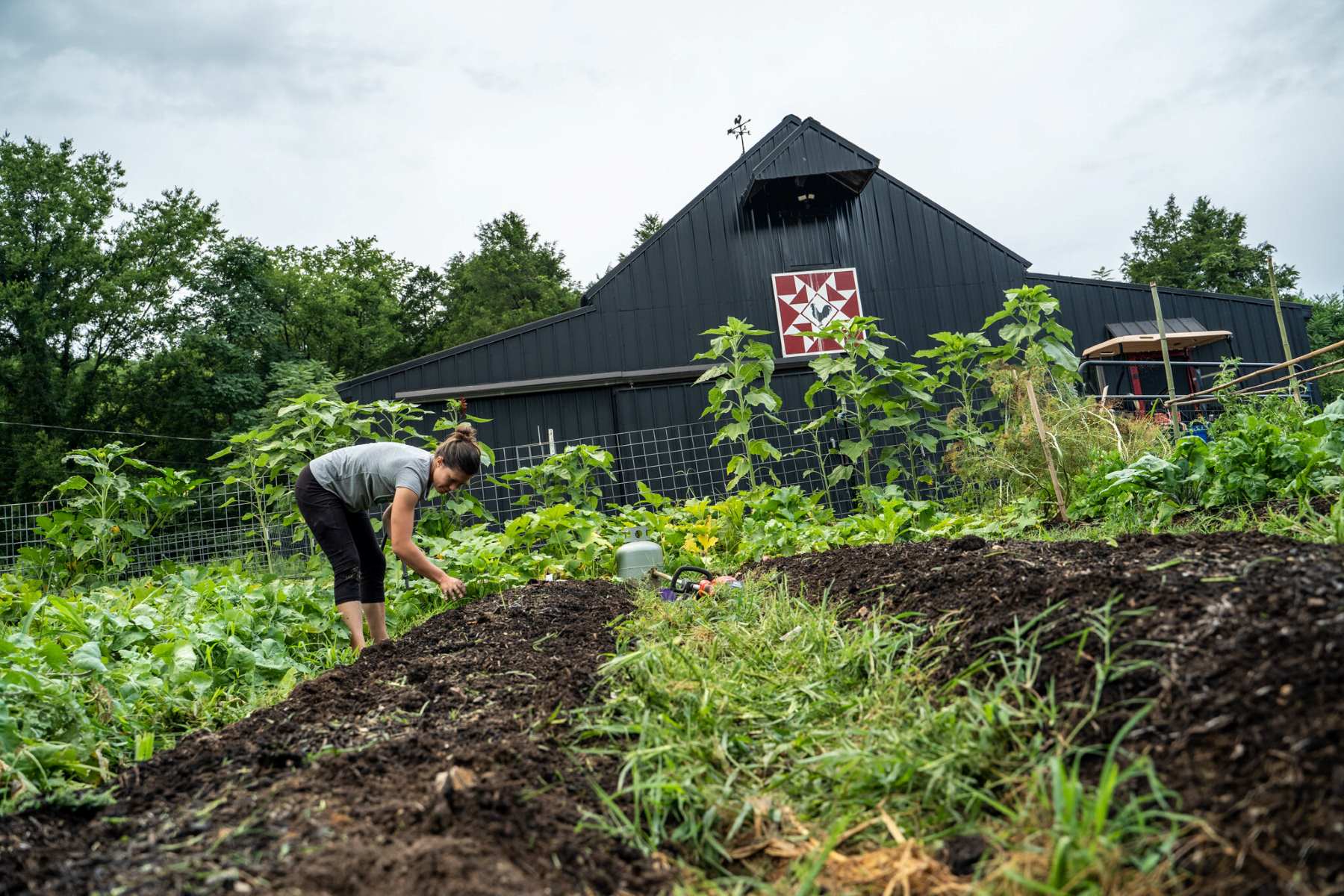
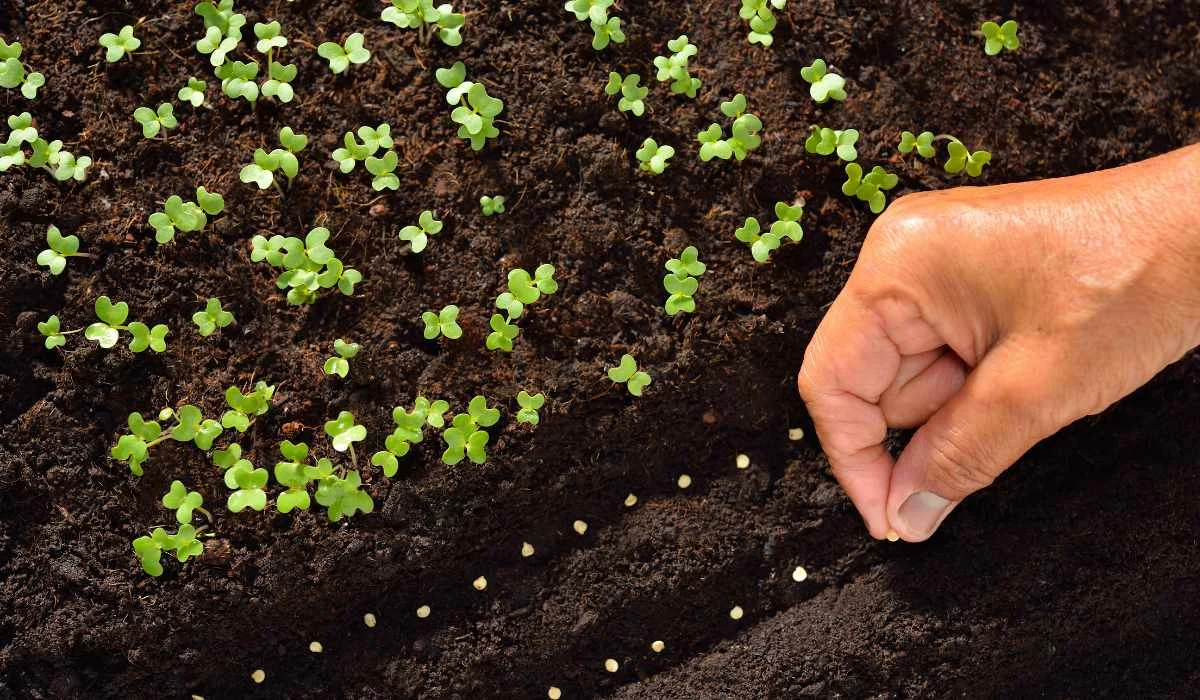
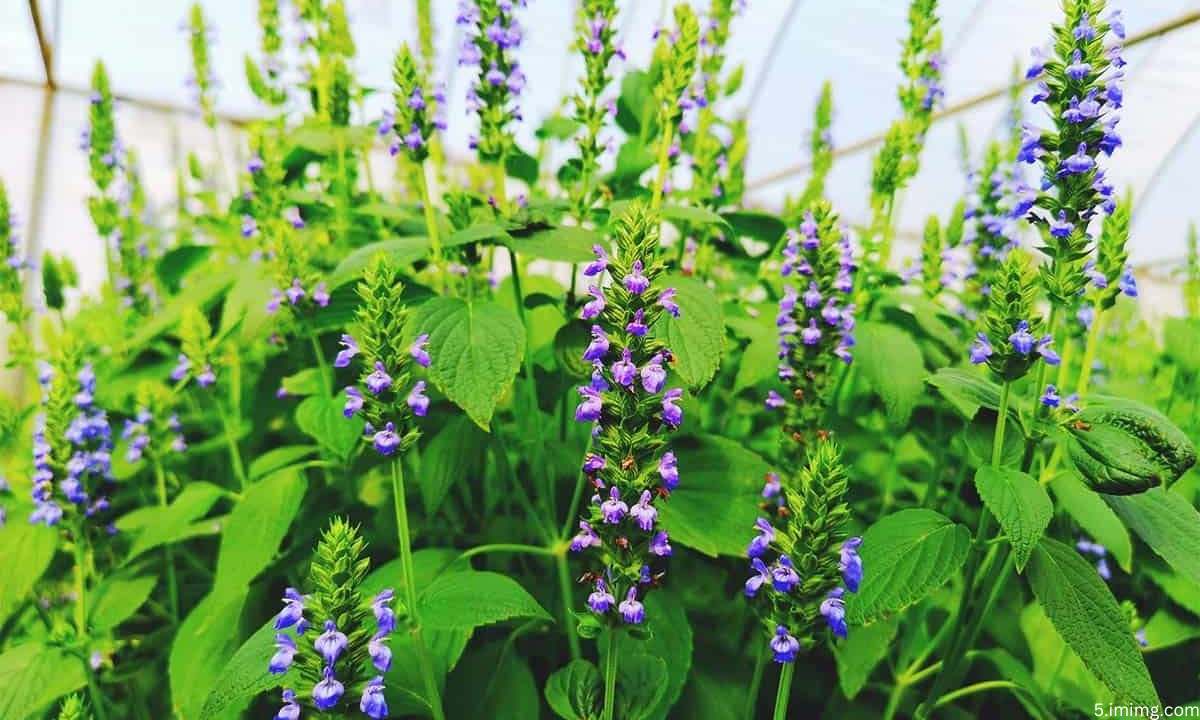
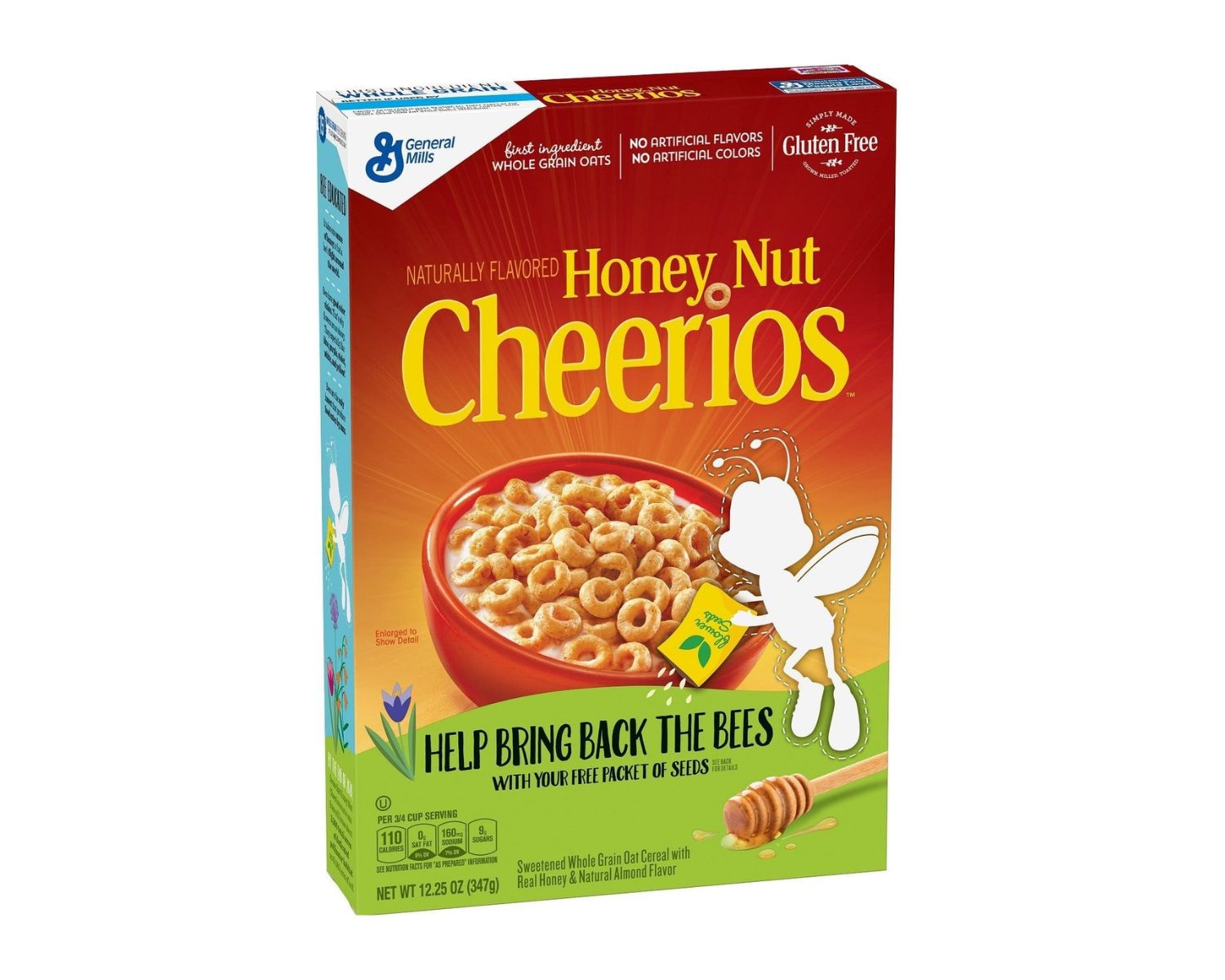
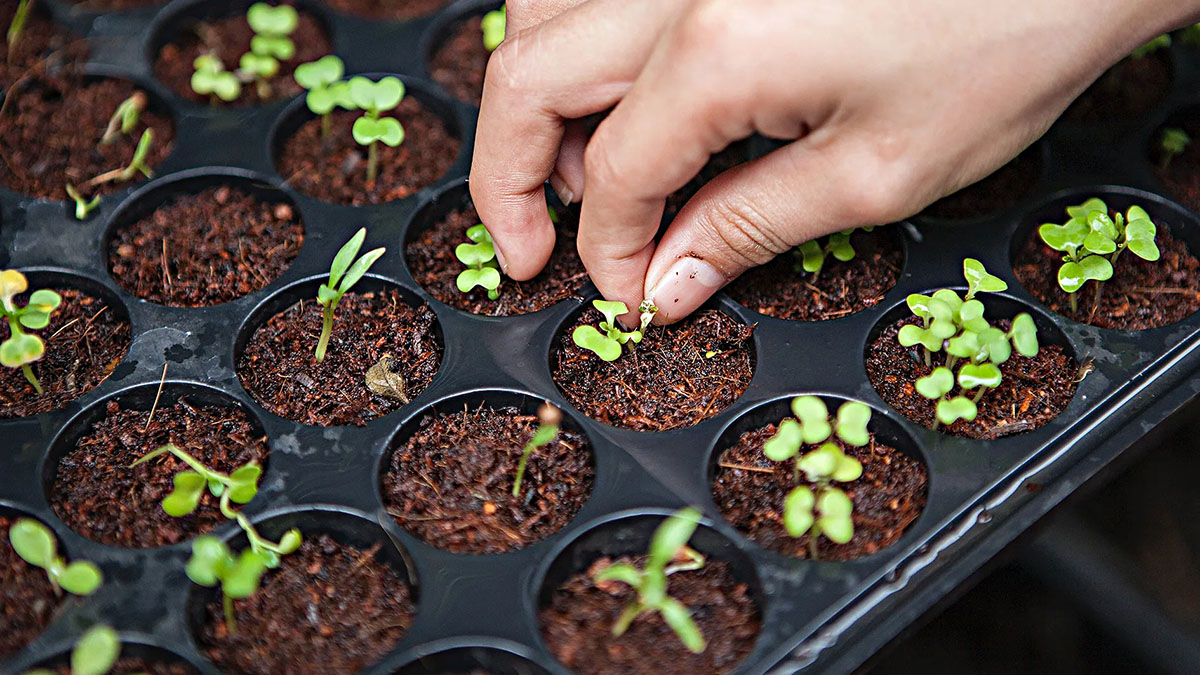
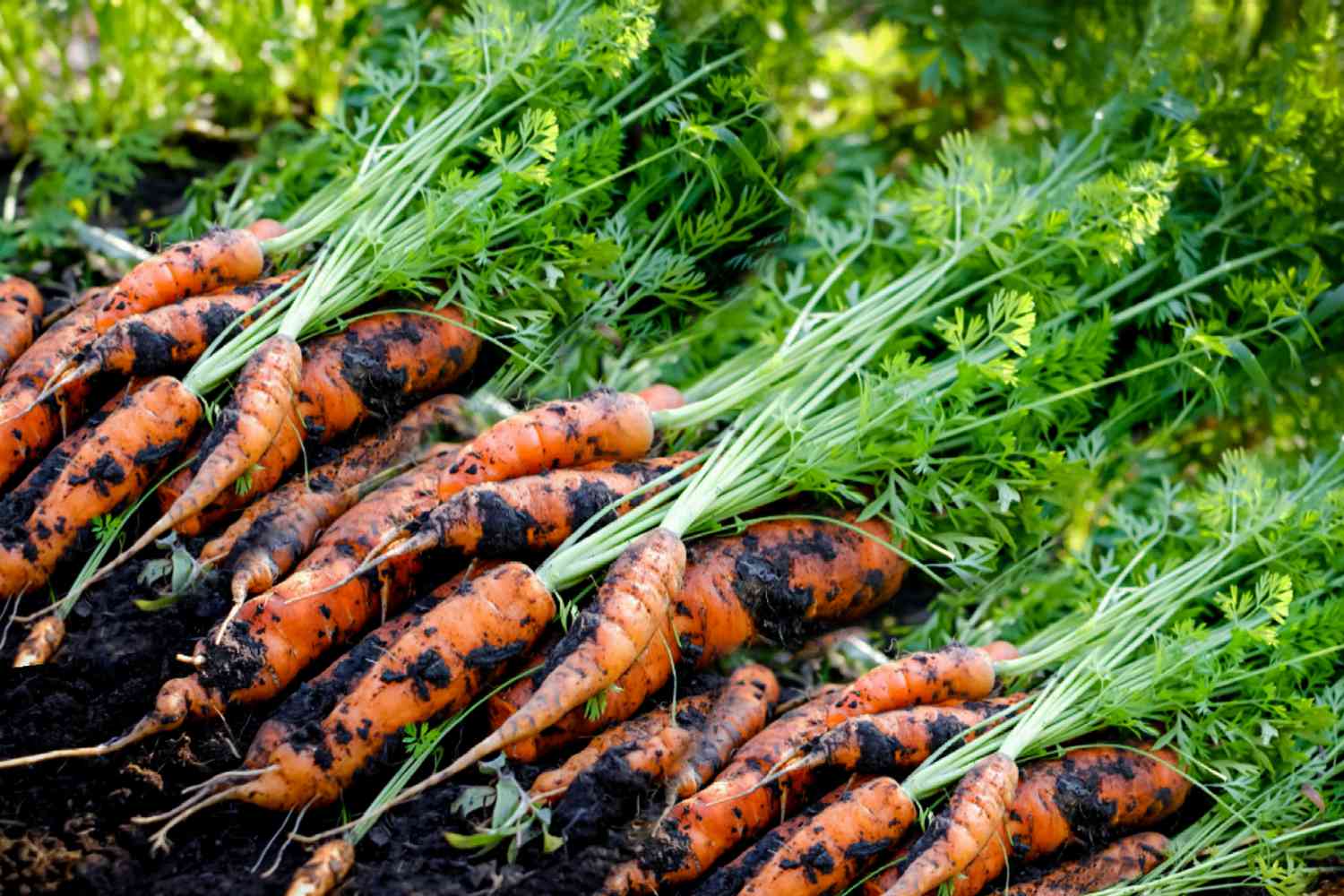
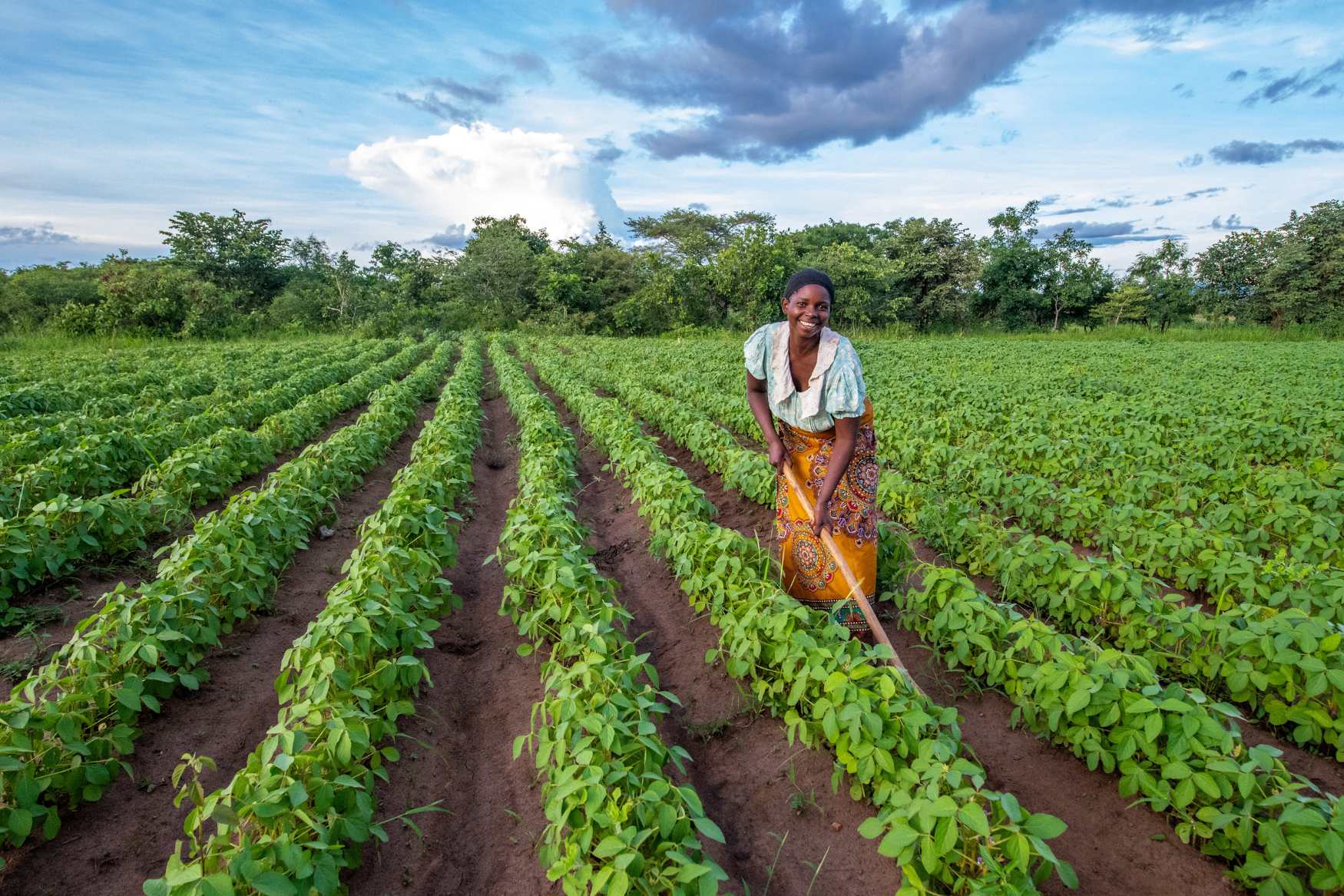
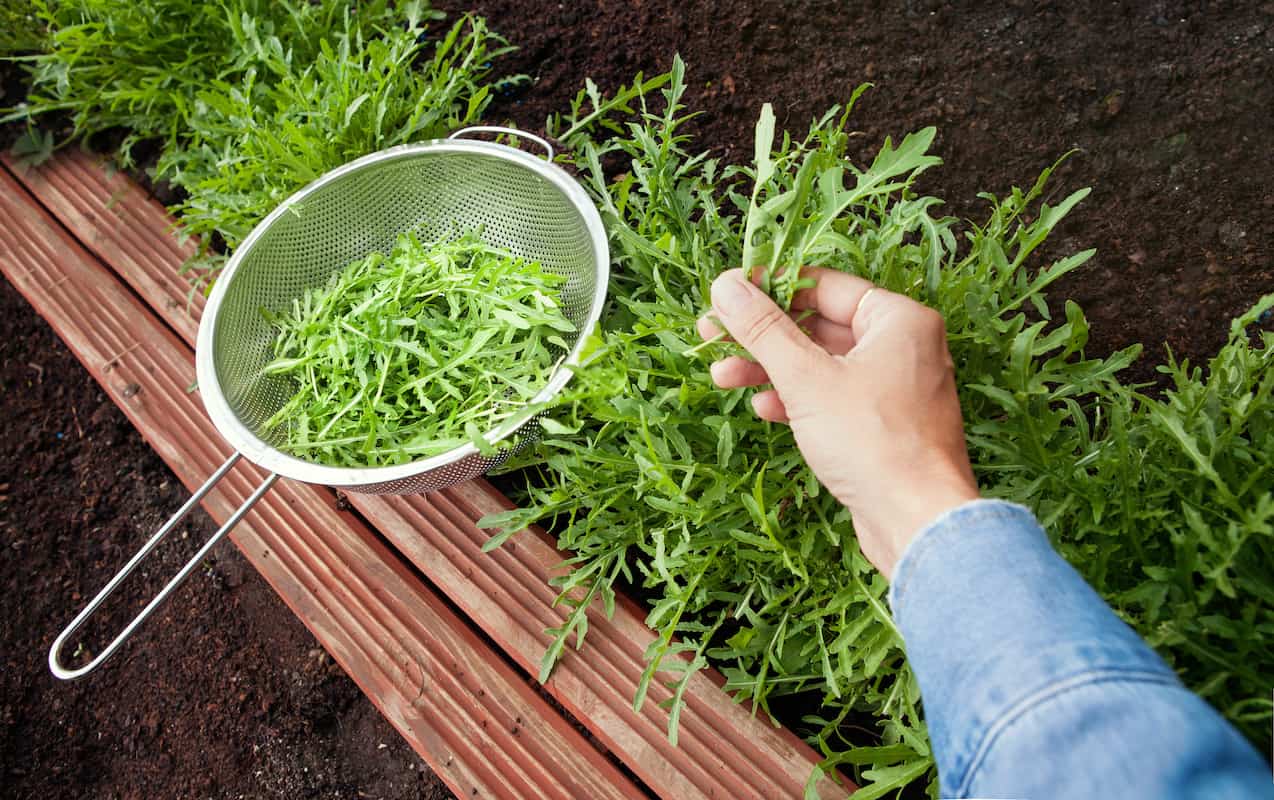
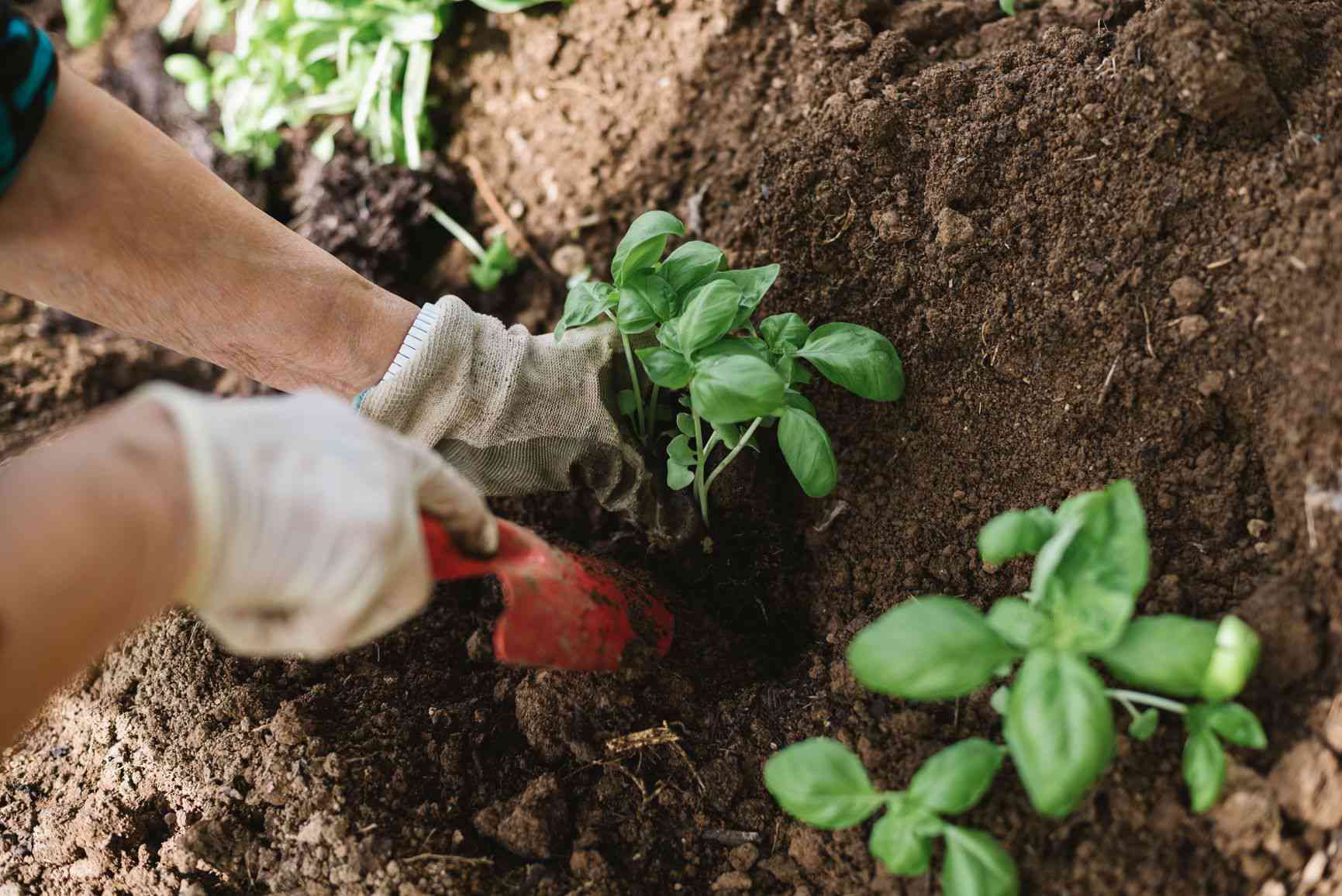
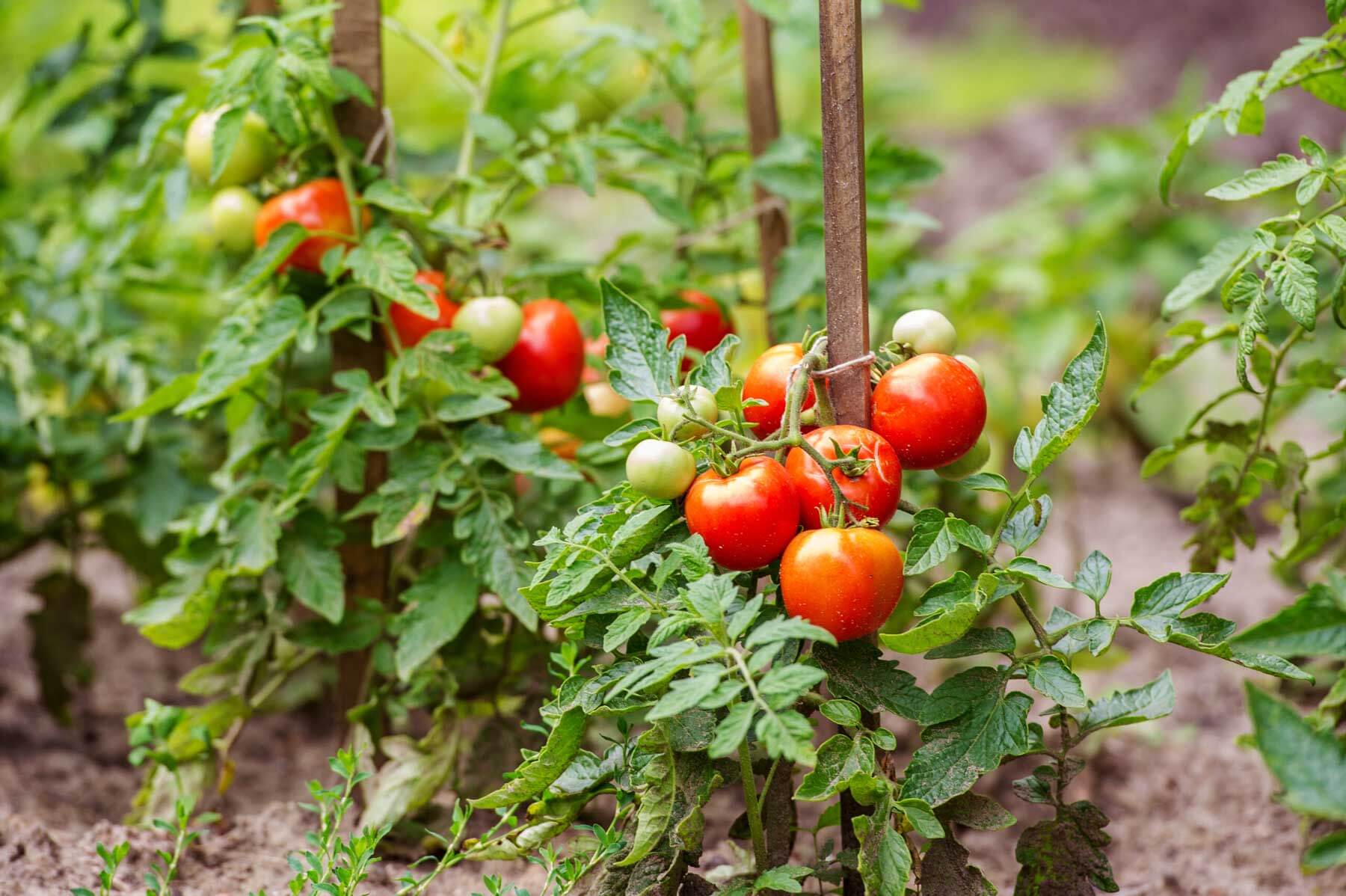

0 thoughts on “What Part Of The Plant Makes Seeds”